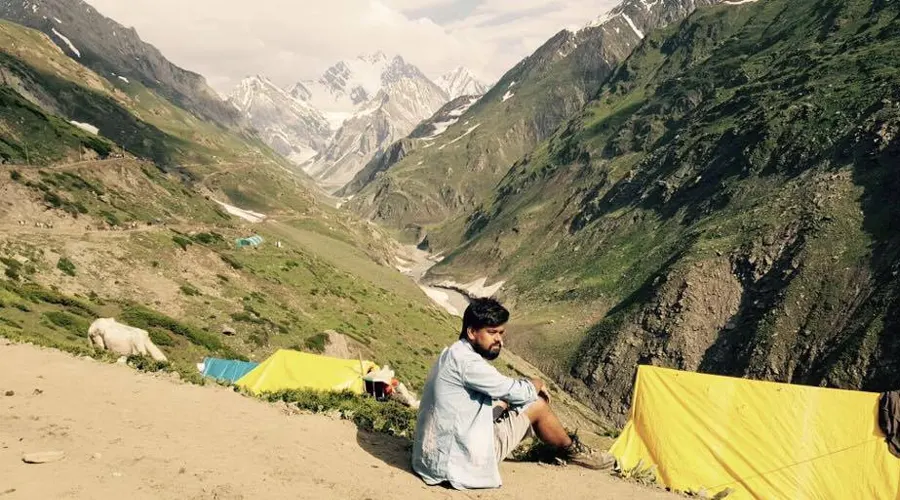What is Sustainable Tourism?
The concept of sustainable tourism has been an ongoing debate since the 1990s. In 1987, a UN commission headed by former Norwegian Prime Minister Gro Harlem Brudtland established a sustainable development definition widely supported. Brudtland made a clear connection between economic growth, environmental issues, poverty, and development issues.
National Strategy for Sustainable Tourism
The Ministry of Tourism has launched the National Strategy for Sustainable Tourism in April 2022 with an aim to mainstream sustainability in the tourism sector and to ensure a more resilient, inclusive, carbon neutral and resource efficient tourism while safeguarding natural and cultural resources.
- The National Strategy aspires to position India as a preferred global destination for sustainable and responsible tourism.
- This national strategy will help to promote Green Tourism
- Green tourism for a sustainable, responsible and resilient tourism sector is one of the five priorities for Tourism Working Group under India’s G20 Presidency.
The Strategy Has The Following Seven Strategic Pillars
The Strategy document has identified the strategic pillars for development of sustainable tourism like
- Promoting Environmental Sustainability
- Protecting Biodiversit
- Promoting Economic Sustainability
- Promoting Socio-Cultural Sustainability
- Scheme for Certification of Sustainable Tourism
- IEC and Capacity Building
- Governance.
National Strategy for Sustainable Tourism also relies on responsible behaviour of the tourists and has great synergy and convergence with Mission LiFE.
Tourism and Environment share a Special Relationship. Their interaction with each other is a two-way process. On the one hand environmental resources constitute one of the basic ingredients of tourism. The natural and manmade setting form the tourism products which the tourist enjoys, live in, and relax. On the other hand, the close and direct relationship between visitors, host communities and local environment creates a sensitive situation, whereby tourism can be both very damaging but also very positive for sustainable development.
The Bruthdland definition
“Sustainable development is a development that meets the needs of the present without compromising the ability of future generations to meet their own needs.”
The tourism and hospitality industry has noted a rapid expansion growth over the years due to which it roughly contributes 8 % of carbon emissions compared to the whole world. The established short-term developments have resulted in environmental degradation and the polarisation of modern society. In terms of calculating the whole carbon emission that is involved, putting several vegetables from farm to fork will be way more than our fossil fuels.
The carbon emission that is encountered in the tourism sector is divided into 72% by transportation, 24% by accommodation, and 4% by local activities. So, when we focus on tourism mobility the aviation sector alone contributes 55% of carbon emissions and the burning of fuel at higher altitudes results in more adverse effects on the atmosphere. Transportation is accounting most in the most carbon emission as the increase of the average distance per travel as compared to a destination that to visit.
In the current climate-sensitive world we are seeing people have started talking about sustainability beyond its lip service. There has been extensive research and development in the previous two years. However, this is the year for having consistent actions which have to be taken place by the whole supply chain. According to the UNWTO, states sustainable tourism is
"Tourism that takes full account of its current and future economic, social and environmental impacts, addressing the needs of visitors, the industry, the environment and host communities"
Sustainable tourism is a goal, which can only be achieved by people taking responsibility, together with others to achieve it. The responsibility can be fulfilled by connecting the 20th and 21st generations to collaborate. Further, this is being divided into three pillars that can be simultaneously taken to the development of sustainable tourism.
In addition, Sustainability has also led to an increase in various tourism verticals. For instance, Kumarakom, Kerala has covered the responsible tourism aspects for the G20 delegates. Further G20 presidency has been a crucial element in building rural tourism in a sustainable manner.
Lastly, you must have read and heard about sustainable tourism aspects and resources. However, let's also dowel into the practical solutions and practices happening all around.
Let's stay tuned and connected.


Comments (1)
Thanks for fantastic info. What trips can you recommend in 2024? Astro tourism, eco diving, home swapping, train stations are the new food destinations,sports tourism, coolcationing, gig tripping, private group travel?
Mar 07, 2024